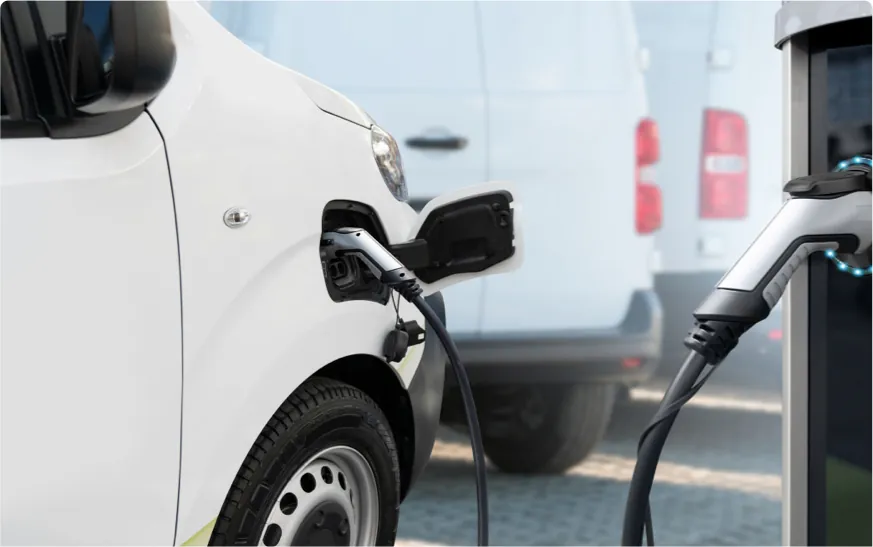The market for electric vehicles (EVs) is rapidly growing. According to the International Energy Agency, the total number of EVs is expected to increase from nearly 30 million in 2022 to 240 million by 2030. Falling battery costs and increased financial incentives paired with the environmental benefits of zero-emission vehicles have made EVs the premier choice for corporations looking to increase their sustainability scores. However, regardless of the evident benefits of EVs, the reality is that the lack of optimized and standardized charging infrastructure is preventing fleets from embarking on the transition – hampering the future of EV fleets.

Currently, open charge point protocol (OCPP) is the gold standard for open-source communication between EV charging stations and charging software companies. At face value, OCPP enables any EV to run on any OCPP-compliant charging software. However, in practice, fleet operators typically find that reliable charging operations are hamstrung by poor communication between vehicles and chargers.
OCPP 1.6, which until recently was the latest standard, didn’t allow for the vehicle to share the battery’s State of Charge (SoC) with the charger. Communicating SoC allows the fleet to optimally schedule the vehicle to charge to a desired capacity, say 60% or 80%, when electricity is cheapest versus automatically charging at max power until the SoC hits 100%. Communicating SoC is critical for EV fleets as it allows operators to optimize charging costs. Fortunately, the upcoming OCPP 2.0.1 does standardize SoC communication and adds a slew of additional capabilities for fleets to optimize costs and minimize both EV and charger downtime.
Each new iteration of the OCPP protocol brings additional benefits, and, unfortunately, additional challenges. Although the protocols are improving, the new updates to OCPP bring a myriad of additional data streams that further complicate charging operations.
Think of a light bulb. To the common eye, the bulb is either lit or it isn’t. Only an electrician is well-versed in the score of components functioning behind the bulb to ensure its brightness. EV charging and OCPP function in a similar capacity. Charging infrastructure is great when it’s functioning correctly. However, when the charger malfunctions, there are a variety of diagnostic settings and operational data for technicians to review to identify the root cause. Similar to how electricians reference the National Electric Code, fleet operators will need to closely monitor new iterations of OCPP to ensure they’re optimizing their vehicles to fit the latest standard. This can be a major barrier to entry for fleet electrification as most companies lack the dedicated resources to track OCPP and ensure their fleet’s compliance.
Standardization is still in progress but thankfully, there’s a clear solution in the meantime. Similar to how we trust electricians to ensure electrical compliance, fleet operators should trust full-service electric fleet solutions providers like Revolv, to track OCPP and manage their fleet’s charging compliance. As new iterations of OCPP continue to come online, fleets that work with a full-service fleet electrification provider can remain focused on their key business without worrying about the ever-changing charging infrastructure landscape.